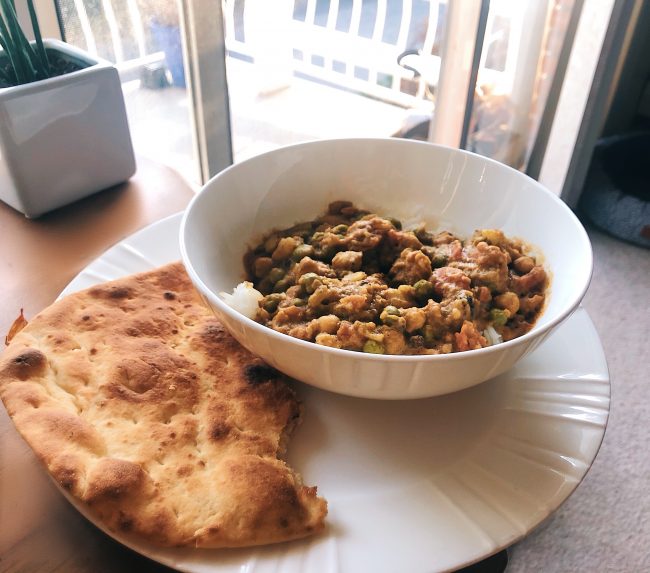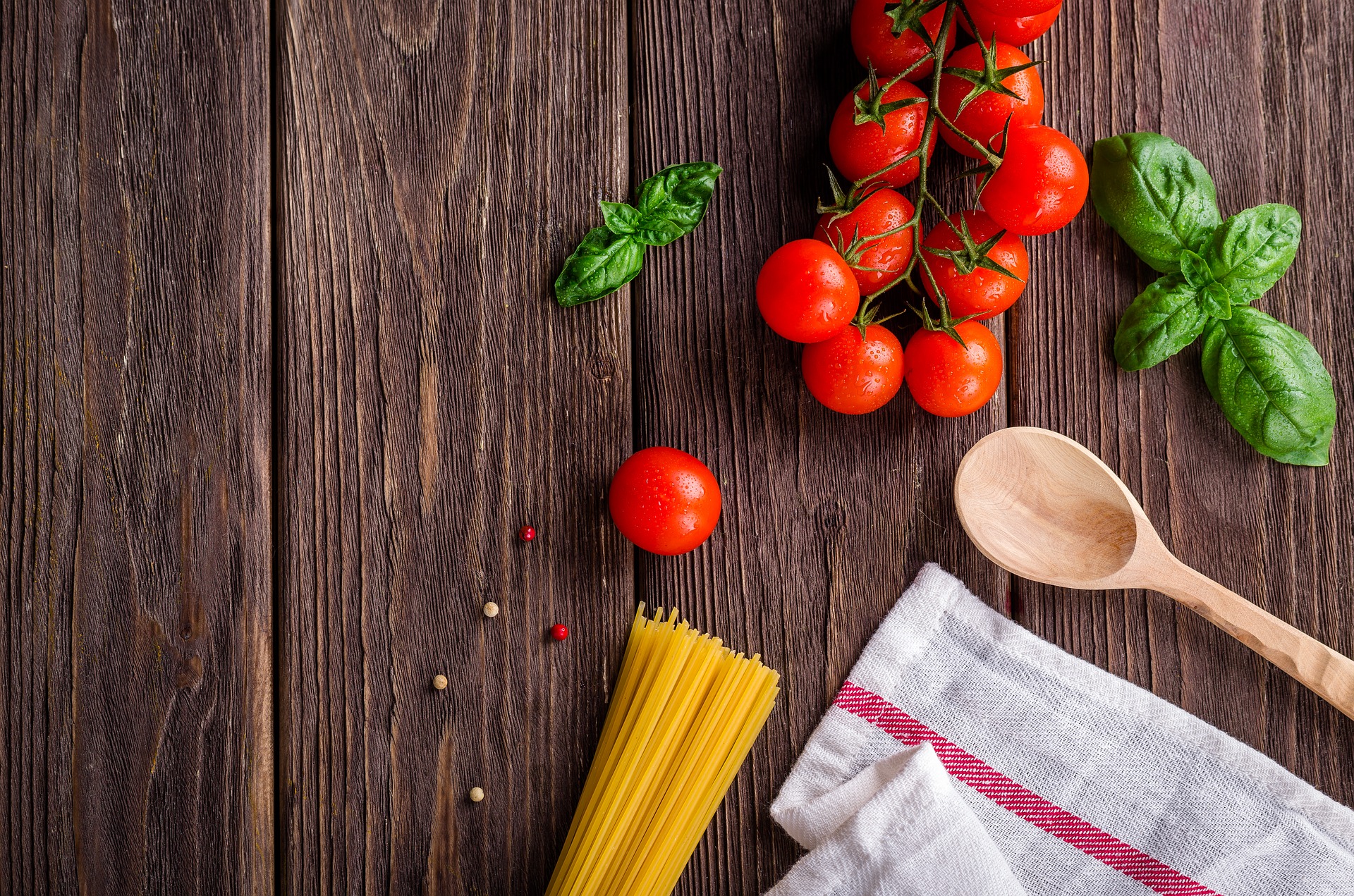Today Jessica, Jess, Madi, and I presented our research. We created a source for our class that they are able to access here.
Before putting the research together, I looked into the benefits and challenges of Computer-Assisted Instructions. CAI allows for self-paced learning. Learners can move as slowly or as quickly as they like through a program; they can repeat some task or review material, as well as skip over topics if the information is already known, making the learning process more efficient. CAI is also self-directed. Learners can decide what they want to learn and in what order they want to learn it. Every student has a different learning style and uses different strategies. When learners can use strategies that suit them, and improvements in the effectiveness of the learning process normally ensue. When students are able to direct their own learning motivation is increased and their autonomy in their learning strengthens. CAI exercises various senses; humans are multi-sensory animals and the more senses through which we receive information, the easier it is to remember class material. Computers have the ability to exercise various senses and present information in a variety of ways.
There are also a few challenges of CAI that I came across. Computer programs can be overwhelming for students. They are left on their own with information and recourses available, and if not properly guided through the programs, they can become overwhelmed. There is also a tendency to use multimedia “gimmicks”. Teachers need to pay attention to current theories and resources, and ensure that they are benefiting their learners, and not just acting as a distraction. Meaningful multimedia practices are possible, but more work. In addition, malfunctioning equipment can waste time and become frustrating for both teachers and students, leading them to give up faster.



